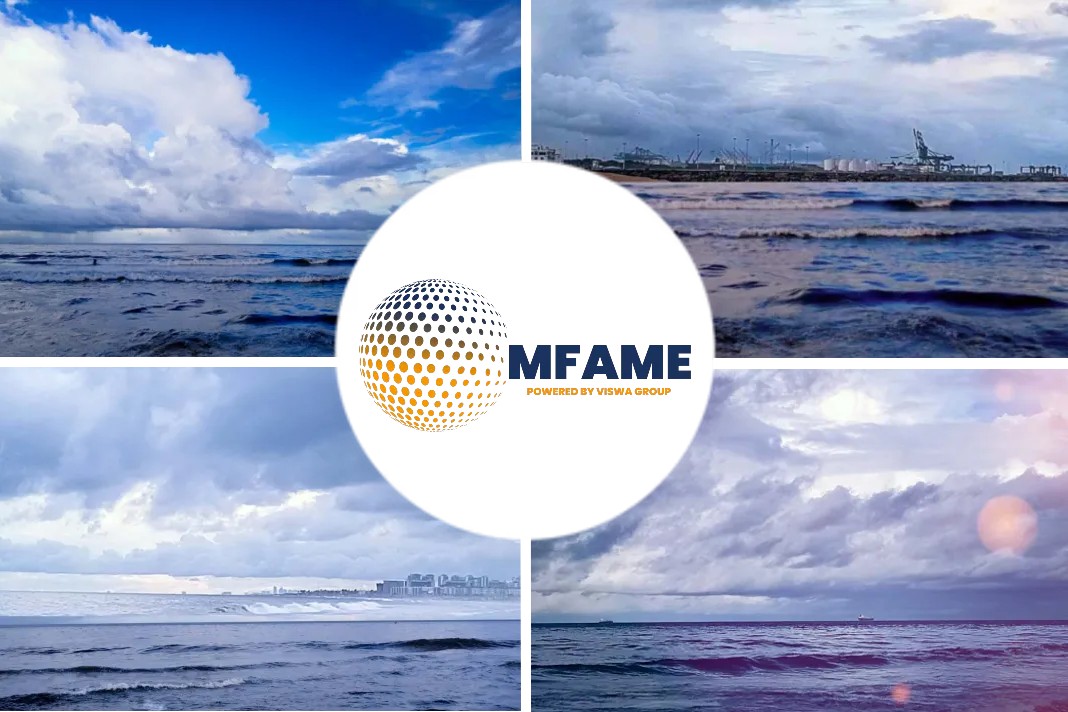
Global shipbuilding order book will need to start to include dry and liquid bulk vessels to meet the increasingly stringent regulations that will begin coming into force from January, says an article published on Seatrade-Maritime.
- Stringent regulations are a major driver for new shipbuilding orders, particularly in the container, gas, and car carrier sectors.
- Shipbuilders have experienced strong demand for container, LNG, LPG, and car carrier vessels in recent years.
- Dry and liquid bulk vessels, such as crude oil tankers, have seen limited ordering.
- The impact of regulations, such as the EU Emissions Trading System and future carbon emissions regulations, is expected to significantly affect shipping costs.
Regulation Sparks Demand
New regulations fuel a surge in newbuildings in container, gas, and car carrier sectors, driving profits in East Asia’s major shipyards. Stricter emissions standards propel demand in anticipation of upcoming regulations.
Impact on Shipbuilding Prices
Despite concerns of over-capacity, shipbuilding prices, especially for containerships, continue to rise due to sophisticated designs, steel price hikes, and heightened demand. Yards maintain elevated prices, supported by regulations prompting the need for eco-friendly vessels.
Strategic Market Shifts
Korean yards are poised to benefit from the expected surge in tonnage orders as stricter emissions standards in 2026 accelerate vessel replacements. Share prices of major shipyard groups rise, reflecting the industry’s positive outlook amid regulatory changes.
Regulatory Outlook and Industry Response
Stringent regulations, such as the EU Emissions Trading System, are shaping the industry’s future. Owners are compelled to invest in emission-reducing vessels, advancing the replacement orderbook and driving innovation in shipbuilding practices.
Did you subscribe to our daily newsletter?
It’s Free! Click here to Subscribe!
Source:Seatrade-Maritime
























